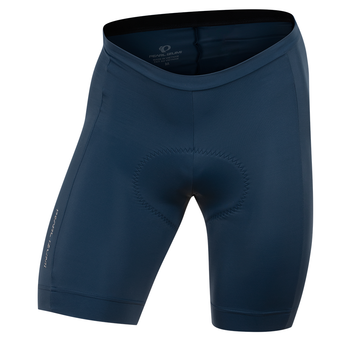
Men's Quest Shorts
$60.00
$24.00
0 items
$99.00 away from FREE Shipping

Cycling socks are an essential accessory for any cyclist, providing both comfort and functionality during rides. Designed specifically for the demands of cycling, these socks offer features that enhance performance and keep your feet cool, dry, and comfortable.
Cycling socks differ from regular socks in several ways. Firstly, they are made from specialized materials that wick away moisture and promote breathability, keeping your feet dry and reducing the risk of blisters. Secondly, they often have reinforced areas, such as the heel and toe, to enhance durability and cushioning. Lastly, cycling socks are typically taller than regular socks, extending above the ankle to provide additional support and protection.
When it comes to cycling socks, different disciplines have varying requirements.
For road cycling, where speed and aerodynamics are crucial, sleek and lightweight socks are preferred. They offer a snug fit and minimal padding to minimize bulk and maximize efficiency.
Gravel cycling requires socks that can handle rougher terrains. Look for socks with extra cushioning in the heel and toe areas to absorb impact and reduce discomfort during long rides on uneven surfaces.
Mountain biking demands durable and protective socks. Opt for socks with reinforced construction and thicker materials to withstand the rigors of off-road riding. They should also provide ample ankle coverage to protect against debris.
Indoor cycling, such as spinning or indoor training, benefits from socks that prioritize breathability and moisture-wicking properties. Look for socks with mesh panels to ensure proper ventilation during intense indoor workouts.
To select the best cycling socks, consider the following factors: